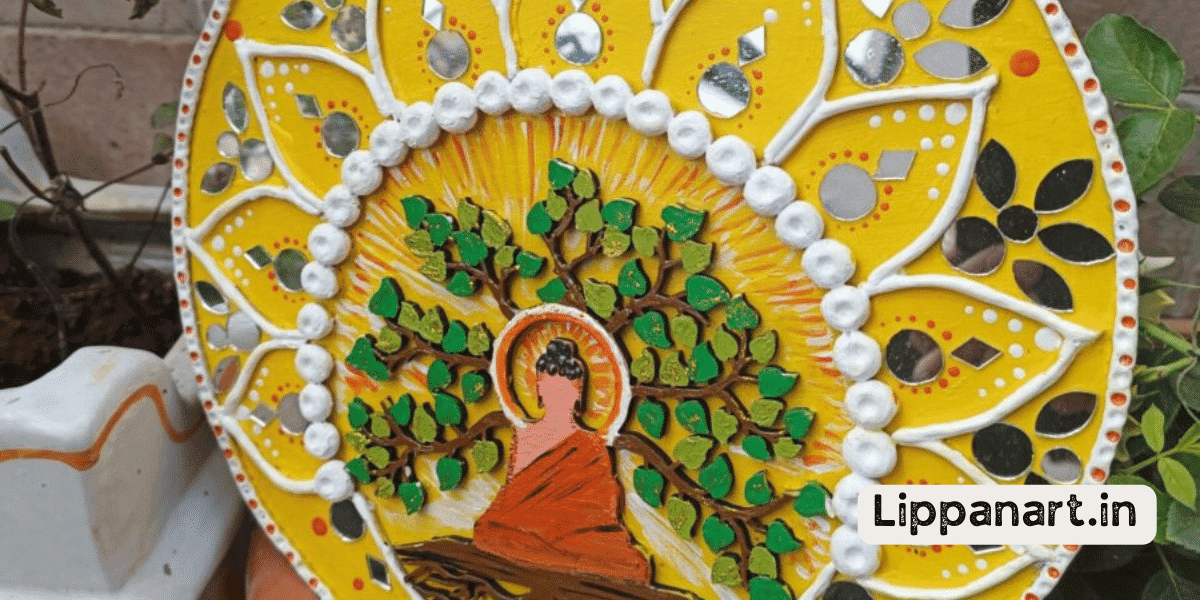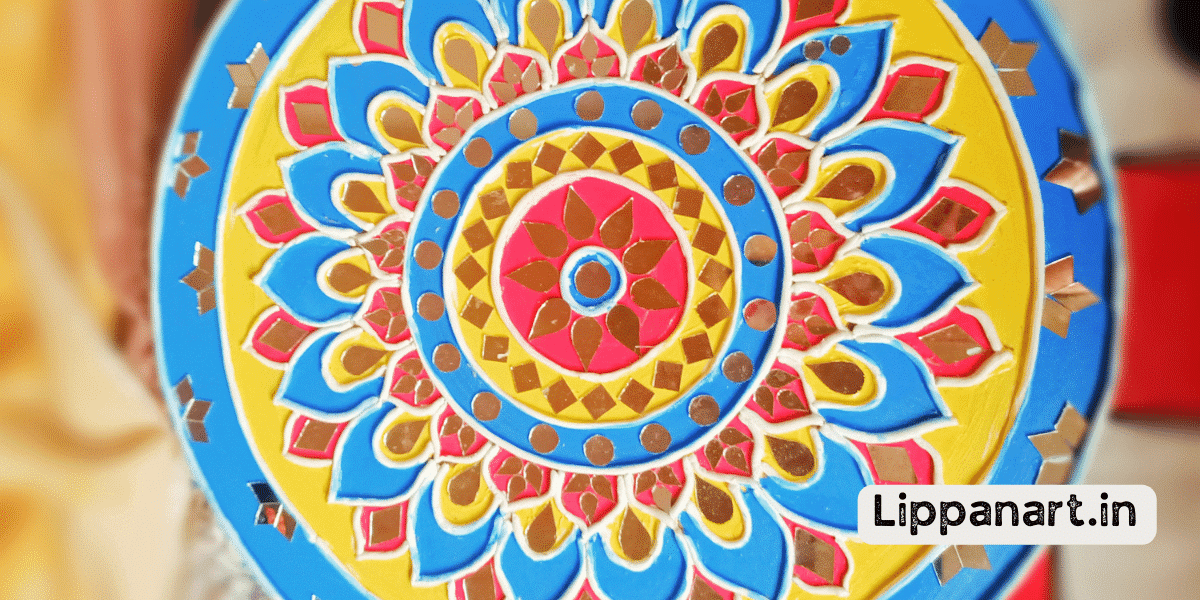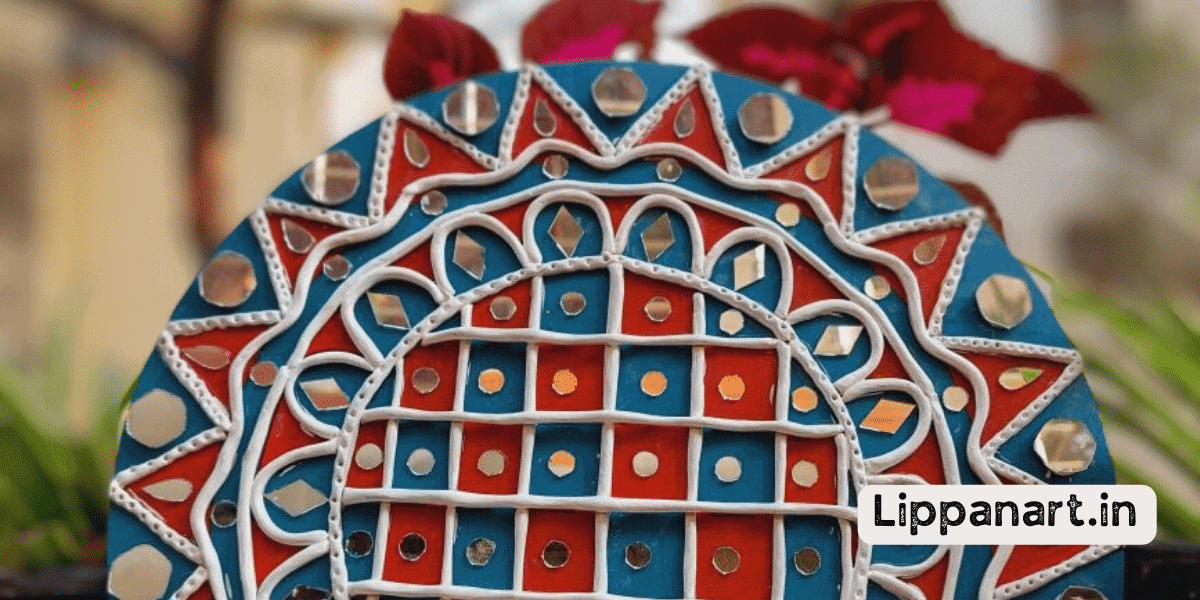You may be hesitant to frame your encaustic art – concerned that it will change the look and feel of your work. But with the right techniques, you can create a beautiful presentation that honours and values your artistic expression.
Learn the tips and tricks for framing encaustic art with professional advice and guidance. Let’s explore the options and find the perfect way to frame your encaustic art with innovation and creativity.
Key Takeaways
- Framing choices for encaustic art are a personal artistic decision and can vary based on personal preferences and artistic vision.
- It is important to protect the surface of the wax when framing encaustic work and avoid placing a frame directly on the wax.
- Encaustic painters commonly use floater frames as they allow for a variable space between the art and the frame.
- Professional framing can be a worthwhile investment, and working with a professional framer can help create a beautiful presentation.
Preparing Your Workspace and Materials
Before you begin your encaustic work, ensure you have a well-ventilated workspace and all the necessary tools and materials. This includes a heat gun, beeswax, damar resin, pigments, brushes, and a sturdy surface such as a cradled board or canvas.
You’ll also need something to finish the edges, such as glass or paint. You can create a unique look by leaving the wax drips on the edge and forgoing the frame. Whatever you decide, ensure you’re prepared and ready to explore the creative possibilities of encaustic art.
With the right materials and tools, you can discover innovative ways to enhance the look of your piece. Be mindful of the hot wax and heat tools, and keep a fire extinguisher nearby.
Enjoy the process and create something remarkable!
Selecting a Support Surface
When selecting a support surface for your encaustic work, consider the longevity of the piece and the desired presentation. Wood is often used for encaustic works due to its strength and stability, and can be framed easily.
Glass can also be used, but it must be of a certain temperature-resistant type to avoid cracking. Alternatively, you can explore creative framing options to give your work a unique look. Unframed works become a part of the overall art experience, allowing an organic feel with wax drips down the sides.
Painting the sides of cradled boards with dark brown paint is an option for a more finished look. Whatever you choose, take the proper precautions to protect your work from extreme temperatures, direct sunlight, and accidental contact.
Professional framing can be a great way to honour and value your art. A stunning presentation can endure for years if you have the appropriate framework.
Setting Up Heating Equipment
Proper safety precautions are critical when setting up heating equipment for encaustic work to achieve desired outcomes. Heating equipment provides the heat necessary to work with the waxes and pigments. For larger projects, you must consider water baths, double boilers, or electric heaters. Temperature control is key when working with waxes; you must adjust the heat to achieve the desired effects.
| Equipment | Required |
|---|---|
| Water bath | Yes |
| Double boiler | Yes |
| Electric heater | Yes |
Heat guns are great for small projects and manipulating the wax on the artwork’s surface. Blocks of colour can be heated to create a colourful, textured surface. Heats and temperatures should be monitored closely to avoid scorching the wax. When working with waxes, safety is paramount. Keep a fire extinguisher nearby, and always work in a well-ventilated area. You can create amazing encaustic art with the proper setup, innovation, and confidence.
Melting and Mixing Wax
Melting and mixing wax is an essential step in creating encaustic work. You’ll need to prepare the materials for the best results properly. First, set up your heating equipment in a safe and well-ventilated area. Wear protective gear like respirator masks and keep a fire extinguisher nearby.
- Editor’s Choice
- Best Seller
- Amazon Choice
You can melt wax blocks and create custom-coloured waxes using a heat tool like a heat gun or torch. Once your wax is melted, you can mix and stir it to create a variety of colours and textures for your painting. Experiment with blending different wax blocks, adding pigments, and creating a variety of shades and hues.
Be creative and have fun as you explore what you can create with encaustic artwork. By experimenting with the right tools, you can create beautiful art.
Applying Wax to Your Surface
Applying wax to your surface is the next step in creating a unique encaustic work of art; you’ll need to work quickly to ensure the wax blends properly. Gather your materials: encaustic paints, cradled boards, framing supplies, and a heat gun or torch. Use card toppers to spread the wax evenly across the surface. For a more creative look, use a variety of card toppers to create interesting patterns and textures.
Once the wax is applied, fuse it to the surface with a heat gun or torch. Start at the centre and work to the edges for encaustic paintings on cradled boards. When the wax is melted, use a palette knife to spread it evenly and to create the desired texture and depth. Be sure to keep the heat gun moving to avoid burning the wax.
When the wax painting is complete, framing is the next step. You can choose between a traditional frame or more non-traditional options to create a unique presentation. Be sure to protect the surface of the wax when framing, and always avoid placing the frame directly on the wax.
You can create an eye-catching, encaustic piece with creativity and patience that will last for generations.
Creating Texture and Layers
Ready to explore the possibilities of encaustic painting? Creating texture and layers is a great way to bring your work to life. Start by choosing the right wax blocks for the desired effect. Heated in a special encaustic hot plate with dual heat settings, the wax will be ready for you to start building texture with heavy texture dust, delicate edges, and other materials.
You can layer the wax blocks to build up texture and depth. Be sure to fuse each layer with a heat gun or torch to ensure bonding. Incising the wax can add a unique texture that will give your painting dimension and movement.
Experiment with materials like paper, fabric, and found objects to create a collage and add interest. Be creative and have fun with your encaustic paintings!
Finishing and Preserving Your Artwork
Finishing and preserving your artwork is important in honouring and valuing your hard work. Floater frames are a great way to showcase your encaustic piece, allowing for a variable space between the art and the frame.
For additional protection, glass can be used on oil paintings; however, it should be kept away from the wax. Cleaning and maintaining your artwork is also essential. It is recommended to use a soft and dry cloth when cleaning the surface of the wax. To clean the wax’s surface, use a soft and dry cloth.
Doing so will help keep your artwork looking its best and extend its lifespan. Be sure to store your artwork in a cool, dry place to avoid any damage. With the right care, you can enjoy your artwork for years.
Conclusion
Learning how to frame encaustic art can enhance your display. You can make your artwork look like
a masterpiece with the right materials and techniques. Framing your encaustic art can be a rewarding experience that will enhance the beauty of your art and make it stand out.














